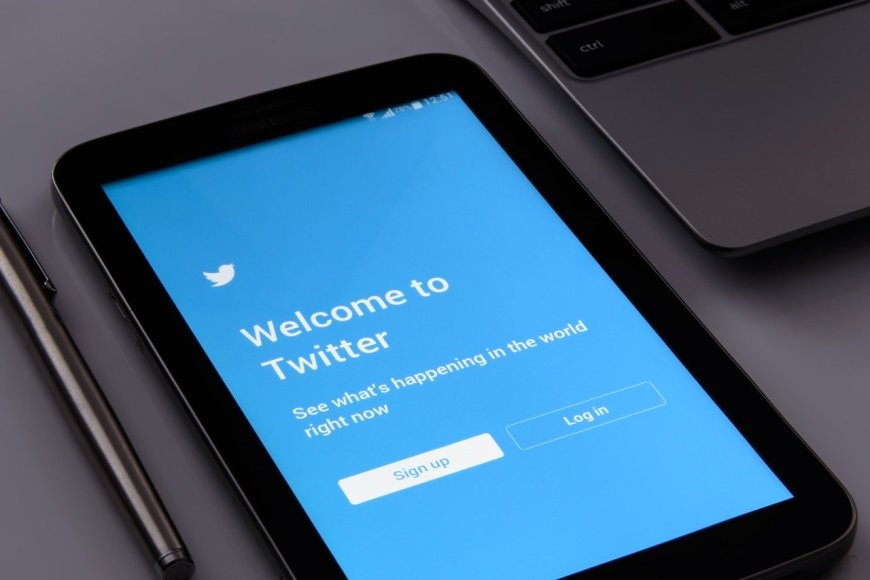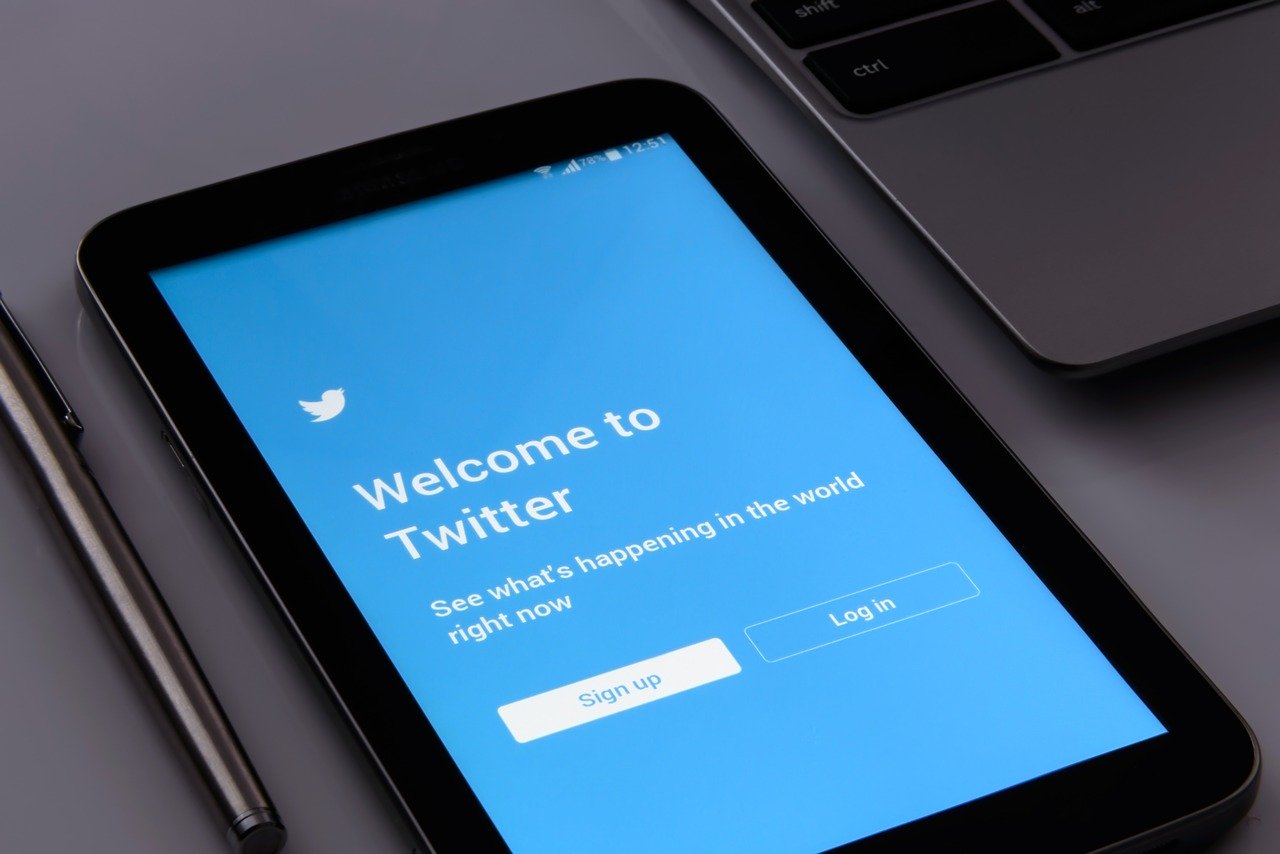Australian regulator fines X for failing to cooperate with child sexual abuse practices
Australian regulator fines X for failing to cooperate with child sexual ... JURIST

Australia’s eSafety Commissioner issues infringement notice to social media platform X for failing to tackle child sexual abuse

Australia’s eSafety Commissioner has issued social media platform X (formerly known as Twitter) with an infringement notice today for $610,500, for falling short in tackling child sexual abuse and cooperating with a probe into anti-child abuse practices. According to an announcement by the eSafety Commissioner, X failed to respond to several key questions put to them, including the time it takes X to respond to reports of abuse and the measures it has in place to detect child sexual exploitation material.
Non-compliance and Seriousness
X’s non-compliance was considered to be serious by the eSafety Commissioner, with the company “failing to provide any response to some questions, leaving some sections entirely blank. In other instances…X provided a response that was otherwise incomplete and/or inaccurate.” X was also not found to have technology to detect grooming. During the change in ownership in October 2022, the proactive detection of child sexual exploitation material fell from 90% to 75%. However, this proactive detection rate has since improved. eSafety Commissioner Julie Inman Grant, said in the announcement that “we really can’t hope to have any accountability from the online industry in tackling this issue without meaningful transparency which is what these notices are designed to surface.”
Transparency Notices and Online Hate
In February, X, along with other social media companies, were issued non-periodic reporting notices (or ‘transparency notice’) under section 56(2) of the Online Safety Act (Cth), that focused on child sexual exploitation and abuse. In June, the eSafety Commissioner issued another transparency notice to X, along with other companies. The notice required X to explain what measures it has taken to minimise online hate, including how it is enforcing its terms of use and hateful conduct policy. The notice was issued in response to an increased amount of complaints submitted in relation to hate speech. The eSafety Commissioner said that “eSafety received more complaints about online hate on Twitter in the past 12 months than any other platform.”
Industry Codes and Compliance
In the latest announcement, Commissioner Grant said that “next year we will have industry codes and standards in place which work hand-in-hand with these Basic Online Safety Expectations transparency powers to ensure companies are living up to these responsibilities to protect children.”
Compliance Deadline
X has 28 days to comply with the eSafety Commissioner’s infringement notice.
SDGs, Targets, and Indicators
1. SDGs Addressed or Connected to the Issues Highlighted in the Article
- SDG 4: Quality Education
- SDG 5: Gender Equality
- SDG 8: Decent Work and Economic Growth
- SDG 10: Reduced Inequalities
- SDG 16: Peace, Justice, and Strong Institutions
- SDG 17: Partnerships for the Goals
The issues highlighted in the article are related to child sexual abuse, anti-child abuse practices, and online hate speech. These issues are connected to various Sustainable Development Goals.
2. Specific Targets Based on the Article’s Content
- Target 4.7: By 2030, ensure that all learners acquire the knowledge and skills needed to promote sustainable development, including through education for sustainable development and sustainable lifestyles.
- Target 5.2: Eliminate all forms of violence against all women and girls in the public and private spheres, including trafficking and sexual and other types of exploitation.
- Target 8.7: Take immediate and effective measures to eradicate forced labor, end modern slavery and human trafficking, and secure the prohibition and elimination of the worst forms of child labor.
- Target 10.2: By 2030, empower and promote the social, economic, and political inclusion of all, irrespective of age, sex, disability, race, ethnicity, origin, religion, or economic or other status.
- Target 16.2: End abuse, exploitation, trafficking, and all forms of violence against and torture of children.
- Target 17.16: Enhance the global partnership for sustainable development, complemented by multi-stakeholder partnerships that mobilize and share knowledge, expertise, technology, and financial resources.
The article discusses the need to tackle child sexual abuse, exploitation, and online hate speech. These targets are relevant to addressing these issues.
3. Indicators Mentioned or Implied in the Article
- Indicator 4.7.1: Extent to which (i) global citizenship education and (ii) education for sustainable development are mainstreamed in (a) national education policies; (b) curricula; (c) teacher education; and (d) student assessment.
- Indicator 5.2.1: Proportion of ever-partnered women and girls aged 15 years and older subjected to physical, sexual, or psychological violence by a current or former intimate partner in the previous 12 months, by form of violence and by age group.
- Indicator 8.7.1: Proportion and number of children aged 5-17 years engaged in child labor, by sex and age group.
- Indicator 10.2.1: Proportion of people living below 50 percent of median income, by age, sex, and persons with disabilities.
- Indicator 16.2.2: Number of victims of human trafficking per 100,000 population, by sex, age group, and form of exploitation.
- Indicator 17.16.1: Number of countries reporting progress in multi-stakeholder development effectiveness monitoring frameworks that support the achievement of the sustainable development goals.
The article implies the need to measure progress towards the identified targets through various indicators related to education, violence against women, child labor, income inequality, human trafficking, and multi-stakeholder partnerships.
4. Table: SDGs, Targets, and Indicators
| SDGs | Targets | Indicators |
|---|---|---|
| SDG 4: Quality Education | Target 4.7: By 2030, ensure that all learners acquire the knowledge and skills needed to promote sustainable development, including through education for sustainable development and sustainable lifestyles. | Indicator 4.7.1: Extent to which (i) global citizenship education and (ii) education for sustainable development are mainstreamed in (a) national education policies; (b) curricula; (c) teacher education; and (d) student assessment. |
| SDG 5: Gender Equality | Target 5.2: Eliminate all forms of violence against all women and girls in the public and private spheres, including trafficking and sexual and other types of exploitation. | Indicator 5.2.1: Proportion of ever-partnered women and girls aged 15 years and older subjected to physical, sexual, or psychological violence by a current or former intimate partner in the previous 12 months, by form of violence and by age group. |
| SDG 8: Decent Work and Economic Growth | Target 8.7: Take immediate and effective measures to eradicate forced labor, end modern slavery and human trafficking, and secure the prohibition and elimination of the worst forms of child labor. | Indicator 8.7.1: Proportion and number of children aged 5-17 years engaged in child labor, by sex and age group. |
| SDG 10: Reduced Inequalities | Target 10.2: By 2030, empower and promote the social, economic, and political inclusion of all, irrespective of age, sex, disability, race, ethnicity, origin, religion, or economic or other status. | Indicator 10.2.1: Proportion of people living below 50 percent of median income, by age, sex, and persons with disabilities. |
| SDG 16: Peace, Justice, and Strong Institutions | Target 16.2: End abuse, exploitation, trafficking, and all forms of violence against and torture of children. | Indicator 16.2.2: Number of victims of human trafficking per 100,000 population, by sex, age group, and form of exploitation. |
| SDG 17: Partnerships for the Goals | Target 17.16: Enhance the global partnership for sustainable development, complemented by multi-stakeholder partnerships that mobilize and share knowledge, expertise, technology,
Behold! This splendid article springs forth from the wellspring of knowledge, shaped by a wondrous proprietary AI technology that delved into a vast ocean of data, illuminating the path towards the Sustainable Development Goals. Remember that all rights are reserved by SDG Investors LLC, empowering us to champion progress together. Source: jurist.org
Join us, as fellow seekers of change, on a transformative journey at https://sdgtalks.ai/welcome, where you can become a member and actively contribute to shaping a brighter future.
|








